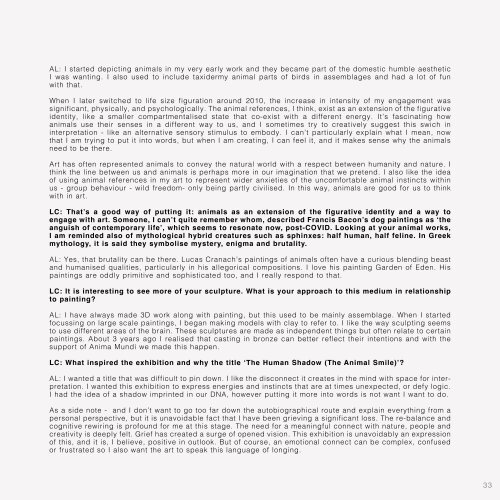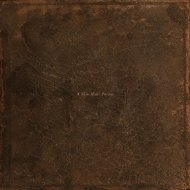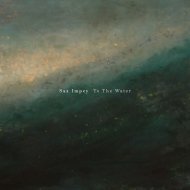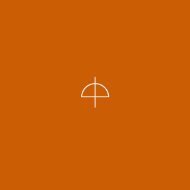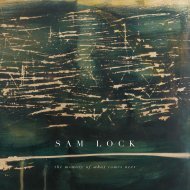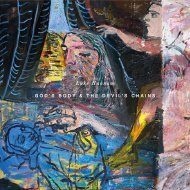Andrew Litten 'The Human Shadow (The Animal Smile)'
Fully illustrated catalogue of the solo exhibition 'The Human Shadow (The Animal Smile)' by Andrew Litten at Anima Mundi, St. Ives.
Fully illustrated catalogue of the solo exhibition 'The Human Shadow (The Animal Smile)' by Andrew Litten at Anima Mundi, St. Ives.
You also want an ePaper? Increase the reach of your titles
YUMPU automatically turns print PDFs into web optimized ePapers that Google loves.
AL: I started depicting animals in my very early work and they became part of the domestic humble aesthetic<br />
I was wanting. I also used to include taxidermy animal parts of birds in assemblages and had a lot of fun<br />
with that.<br />
When I later switched to life size figuration around 2010, the increase in intensity of my engagement was<br />
significant, physically, and psychologically. <strong>The</strong> animal references, I think, exist as an extension of the figurative<br />
identity, like a smaller compartmentalised state that co-exist with a different energy. It’s fascinating how<br />
animals use their senses in a different way to us, and I sometimes try to creatively suggest this swich in<br />
interpretation - like an alternative sensory stimulus to embody. I can’t particularly explain what I mean, now<br />
that I am trying to put it into words, but when I am creating, I can feel it, and it makes sense why the animals<br />
need to be there.<br />
Art has often represented animals to convey the natural world with a respect between humanity and nature. I<br />
think the line between us and animals is perhaps more in our imagination that we pretend. I also like the idea<br />
of using animal references in my art to represent wider anxieties of the uncomfortable animal instincts within<br />
us - group behaviour - wild freedom- only being partly civilised. In this way, animals are good for us to think<br />
with in art.<br />
LC: That’s a good way of putting it: animals as an extension of the figurative identity and a way to<br />
engage with art. Someone, I can’t quite remember whom, described Francis Bacon’s dog paintings as ‘the<br />
anguish of contemporary life’, which seems to resonate now, post-COVID. Looking at your animal works,<br />
I am reminded also of mythological hybrid creatures such as sphinxes: half human, half feline. In Greek<br />
mythology, it is said they symbolise mystery, enigma and brutality.<br />
AL: Yes, that brutality can be there. Lucas Cranach’s paintings of animals often have a curious blending beast<br />
and humanised qualities, particularly in his allegorical compositions. I love his painting Garden of Eden. His<br />
paintings are oddly primitive and sophisticated too, and I really respond to that.<br />
LC: It is interesting to see more of your sculpture. What is your approach to this medium in relationship<br />
to painting?<br />
AL: I have always made 3D work along with painting, but this used to be mainly assemblage. When I started<br />
focussing on large scale paintings, I began making models with clay to refer to. I like the way sculpting seems<br />
to use different areas of the brain. <strong>The</strong>se sculptures are made as independent things but often relate to certain<br />
paintings. About 3 years ago I realised that casting in bronze can better reflect their intentions and with the<br />
support of Anima Mundi we made this happen.<br />
LC: What inspired the exhibition and why the title ‘<strong>The</strong> <strong>Human</strong> <strong>Shadow</strong> (<strong>The</strong> <strong>Animal</strong> <strong>Smile</strong>)’?<br />
AL: I wanted a title that was difficult to pin down. I like the disconnect it creates in the mind with space for interpretation.<br />
I wanted this exhibition to express energies and instincts that are at times unexpected, or defy logic.<br />
I had the idea of a shadow imprinted in our DNA, however putting it more into words is not want I want to do.<br />
As a side note - and I don’t want to go too far down the autobiographical route and explain everything from a<br />
personal perspective, but it is unavoidable fact that I have been grieving a significant loss. <strong>The</strong> re-balance and<br />
cognitive rewiring is profound for me at this stage. <strong>The</strong> need for a meaningful connect with nature, people and<br />
creativity is deeply felt. Grief has created a surge of opened vision. This exhibition is unavoidably an expression<br />
of this, and it is, I believe, positive in outlook. But of course, an emotional connect can be complex, confused<br />
or frustrated so I also want the art to speak this language of longing.<br />
33<br />
CATALOGUE.indd 31 08/07/2023 12:11


